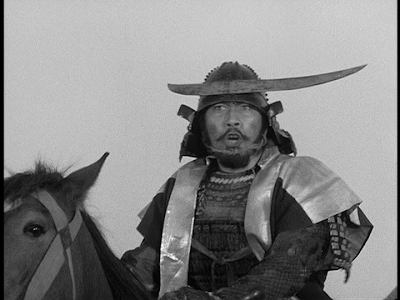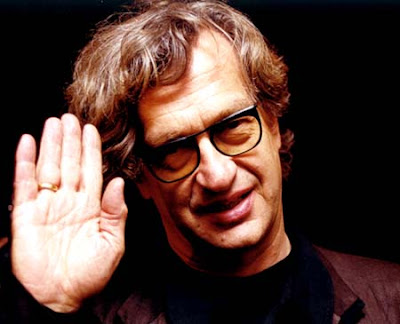KUROSAWA
CENTENARY
SCREENING
****************

Throne of Blood
A film by Akira Kurosawa
Year: 1957
Country: Japan
Runtime:110 minutes
Japanese with English sub titles
4th April 2010 ; 5.45 pm
Perks Mini Theatre
Perks School, Off Trichy road.
http://konangalfilmsociety.blogspot.com/
Call: 94430 39630
To mark the 100th birthday of Kurosawa, his all time classic ‘Throne of Blood’
with a documentary on Kurosawa’s life and art will be screened on 4th April 2010 by Konangal.

Akira Kurosawa's remarkable 1957 restaging of Macbeth in samurai and expressionist terms is unquestionably one of his finest works—charged with energy, imagination, and, in keeping with the subject, sheer horror. Incidentally, this was reputed to have been T.S. Eliot's favorite film.

In a time of feuding houses, Washizu, a general to the Lord of Spider's Web Castle, turns what promised to be a crushing military defeat into a decisive victory. While on his way to receive praise from the Lord, Washizu gets lost in a fog and encounters a forest spirit who tells him he will quickly rise the ranks until he himself is Lord of the Castle.

In terms of narrative, "Throne of Blood" stays close to the original, focusing on the overreaching ambition of samurai warrior Washizu (Mifune). Visually, though, "Throne of Blood" spectacularly transforms the source play - turning it into a terrifying journey through darkness, evil, and despair.
 The elaborate costumes and sparse, striking sets are simply superb, giving the film a look that balances cinematic stylization and historical authenticity.
The elaborate costumes and sparse, striking sets are simply superb, giving the film a look that balances cinematic stylization and historical authenticity.
Toshiro Mifune is exquisitely brash and extravagantly mad as the ambitious Washizu; Isuzu Yamada is coldly brilliant and manipulative as his wife, for whom Kurosawa imagines a stillborn pregnancy. The final sequences showing Washizu's last stand, cackling insanely and getting his terrified subjects to cackle as well, before they all turn on him, is gripping.

Despite having none of Shakespeare's language at his disposal, Kurosawa brings off the remarkable trick of projecting the spirit of the poetry out onto the landscape and into the faces of his principals. An authentic classic.


Akira Kurosawa
1910 -2010
Akira Kurosawa was the youngest of seven children, born in Tokyo on 23 March 1910. A talented painter, he enrolled in an art school that emphasized Western styles. Around this time he also joined an artists' group with a great enthusiasm for nineteenth-century Russian literature, with Dostoevsky a particular favourite. Another influence was Heigo, one of his brothers, who loved film and worked as a benshi, a film narrator/commentator for foreign silent films. His suicide deeply affected the director's sensibilities.In 1930 he responded to a newspaper advertisement for assistant directors at a film studio and began assisting Kajiro Yamamoto, who liked the fact he knew 'a lot about things other than movies'. Within five years he was writing scripts and directing whole sequences for Yamamoto films. In 1943 he made his debut as a director with Judo Saga (Sanshiro Sugata), with a magnificent martial-arts sequence.
His early films were produced during the Second World War, so had to comply to themes prescribed by official state propaganda policy. It was Drunken Angel which was Kurosawa's first personally expressive work, made in 1948 and featuring Toshiro Mifune who became Kurosawa's favourite leading man.
For those who discover Kurosawa, they will find a master technician and stylist, with a deep humanism and compassion for his characters and an awe of the enormity of nature. He awakened the West to Japanese cinema with Rashomon, which won the top prize in the Venice Film Festival of 1951, and also a special Oscar for best foreign film. A golden period followed, with the West enthralled by his work. Seven Samurai, Yojimbo etc.
Following Red Beard (Akahige) in 1965 he entered a frustrating period of aborted projects and forced inactivity and when in 1970 his first film in five years (Dodeska-den) failed at the box office, he attempted suicide. Directing a Soviet-Japanese production, Dersu Uzala helped him to recover and took four years to make. It won the Oscar for Best Foreign Film in 1975 and a gold medal at the Moscow Film Festival.
A true auteur, he supervised the editing of nearly all his films and wrote or collaborated on the scripts of most. His memoirs were published in 1982, titled Something like an Autobiography. In 1989 he won an Oscar for Lifetime Achievement. Kurosawa died in 1998.









